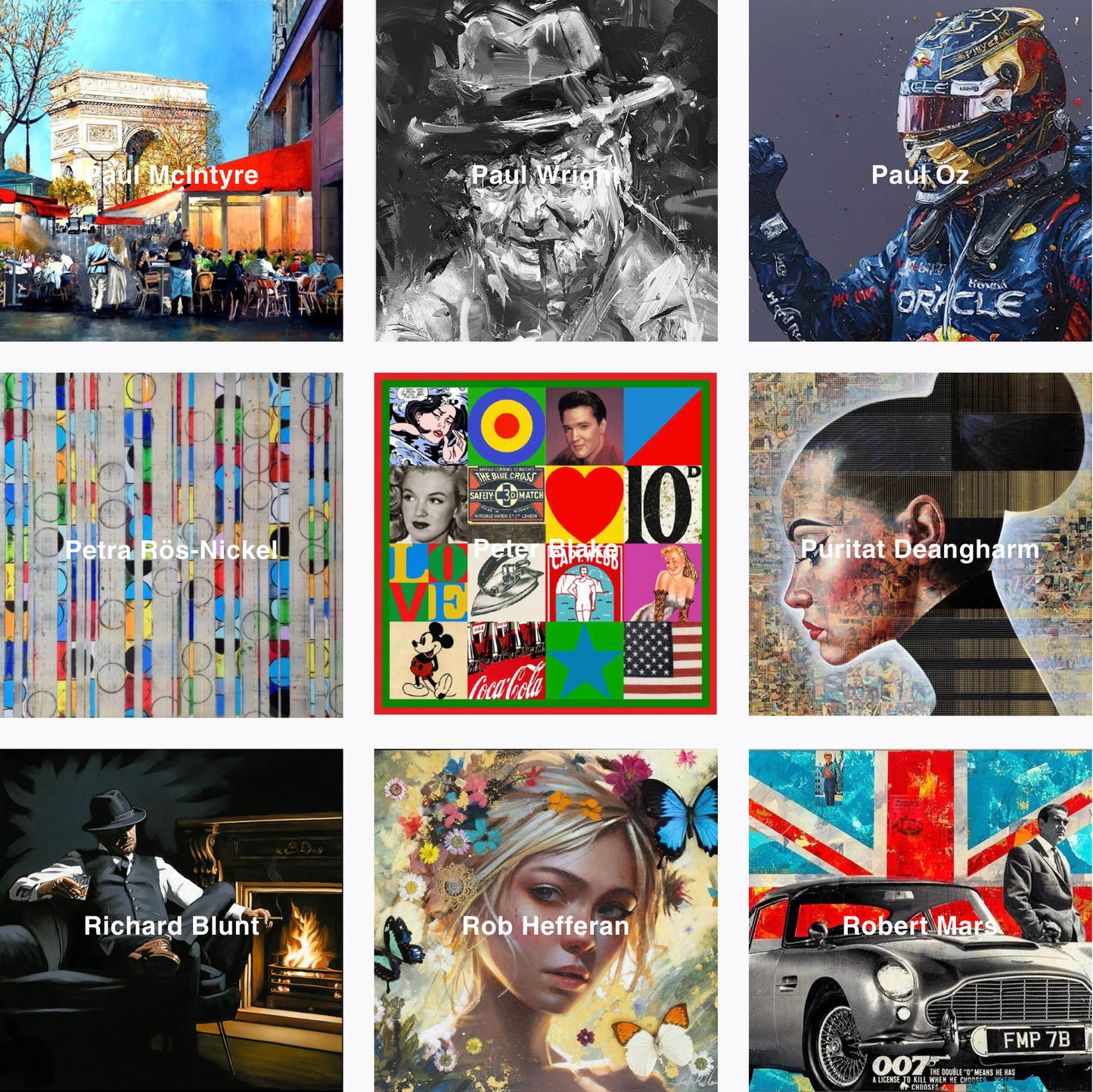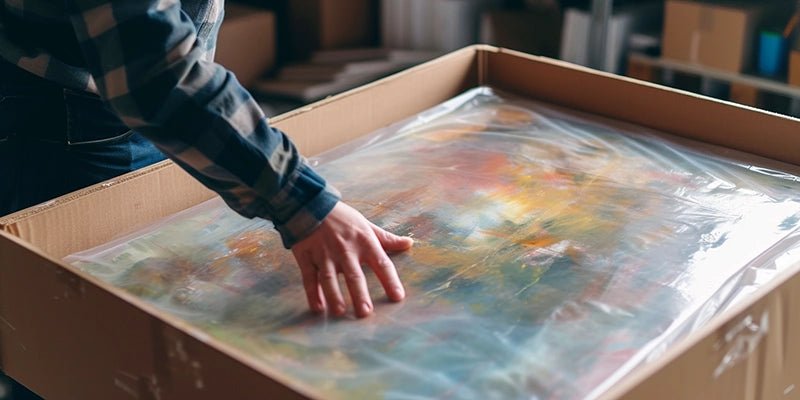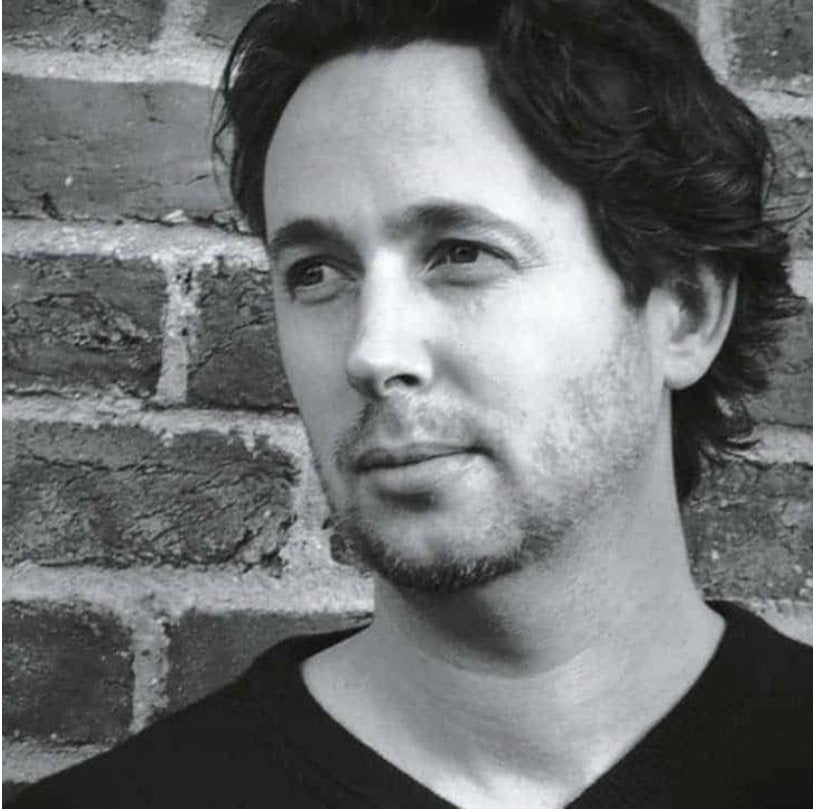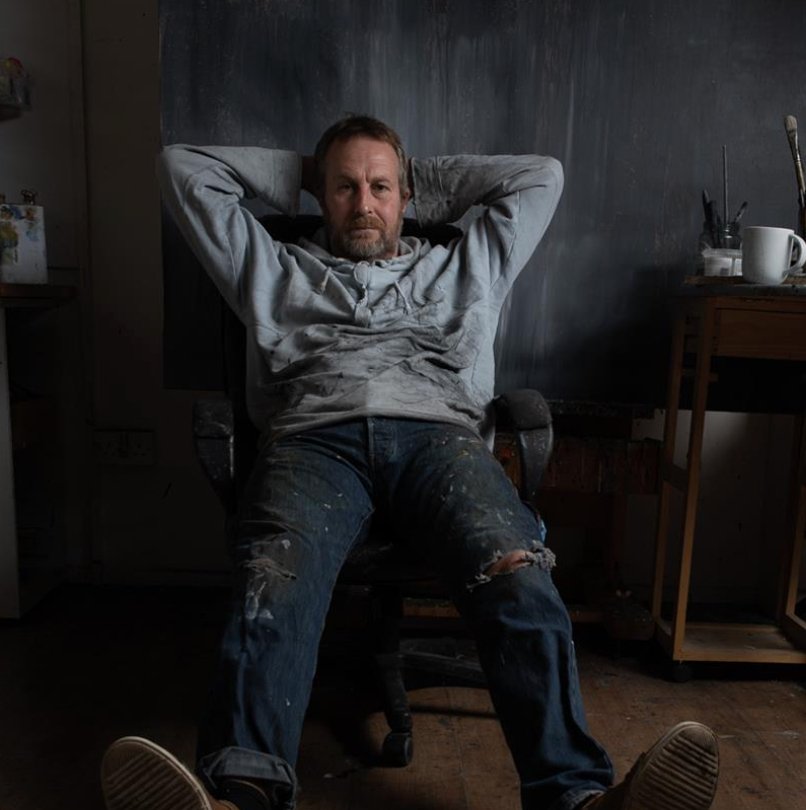Csaba Markus
The Master's Own Words
I grew up in an oppressive, communist system that did not encourage individual achievement. As a young artist, I became extremely frustrated by the opposition I encountered whenever I applied to the various state-run art academies. Instead of encouraging and nurturing the unique qualities of a promising artist, these institutes desired only to control student creativity and to force upon them the prevailing party ideology. Though I was disappointed by this experience, I just as quickly realized that were I to join one of their schools, I would never have become the kind of artist I am today. What I did possess, however, was an unwavering belief in my dreams and an unyielding determination that nothing was going to prevent me from accomplishing my goals.
The spiritual suffocation of the communist system was evident in the faces of the people around me. They were starved of passion and prevented from pursuing their dreams and goals. I didn’t want to play the part of the suppressed and to miss the chance to shape myself into something unique and relevant. I wanted nothing less than to transform life’s dreary tones of gray and fill it with light and color and in turn nurturing that spark of hope that motivates every aspect of a person’s being. Along the way, I soon learned that there is no greater source of strength in the face of overwhelming odds than the one beating inside the human chest.
Though I was poor, without access to an education, and in limited supply of brushes, canvases, and oil paints, my determination and obsession in attaining my goal was unmatched. Fortunately, my country had a long history prior to the arrival of the communists, and the works of classical antiquity were in abundance. I therefore spent endless hours in museums studying the old masters and roaming the many public squares that housed the great sculptures of the past. In fact, I was so bent on improving my talents, that I can remember spending an entire summer struggling to master one of the most difficult features of the human body, the hand. I painted like I’d never painted before, labouring to exhaustion until I was satisfied in having perfected the many shadows, angles, and proportions that make up the human hand on canvas. And I didn’t stop there, going on to observe and study not only the varied and intricate perspectives of a Leonardo Da Vinci, a Rembrandt, and a Raphael, but also the faces, gestures, and motions of the people that I encountered during my day to day travels. Patiently, yet intensely, my hard work began to pay off, and with it an aesthetic and philosophy of beauty and perseverance. This is what I try to instil in my art, a belief and vision that regardless of the negative forces that often works against the individual, the human spirit can never be suppressed because through unyielding dedication it is capable of overcoming even the greatest of challenges.












